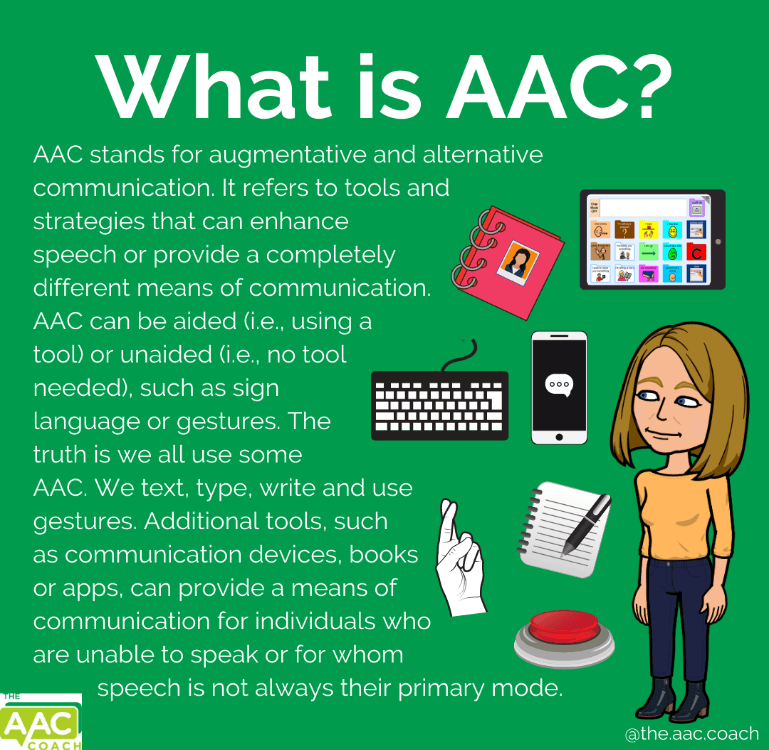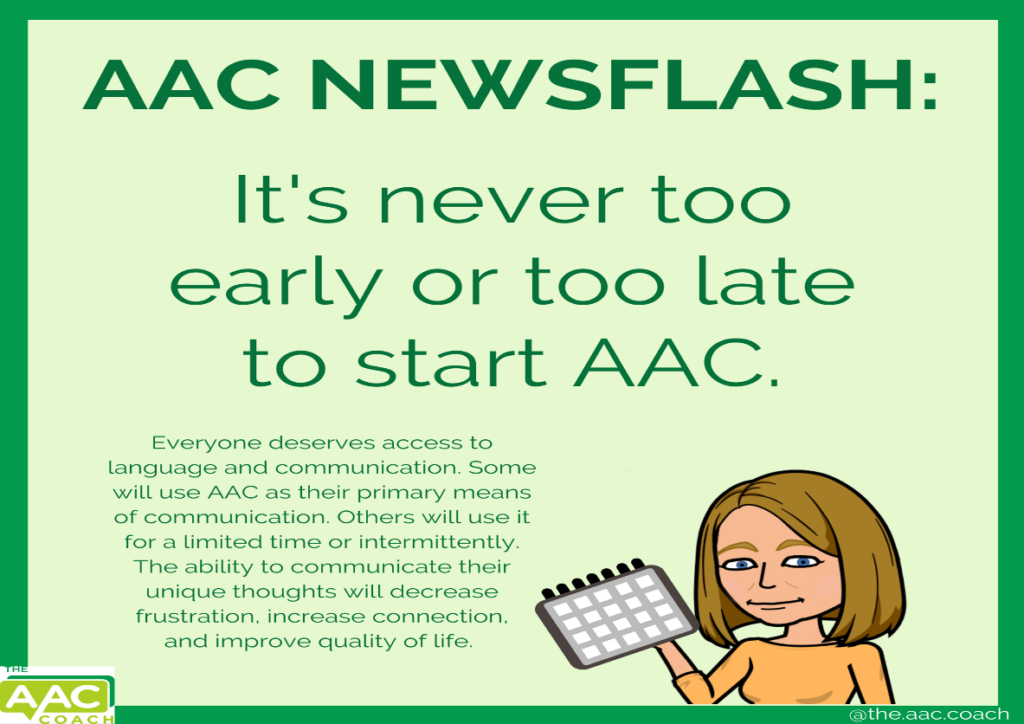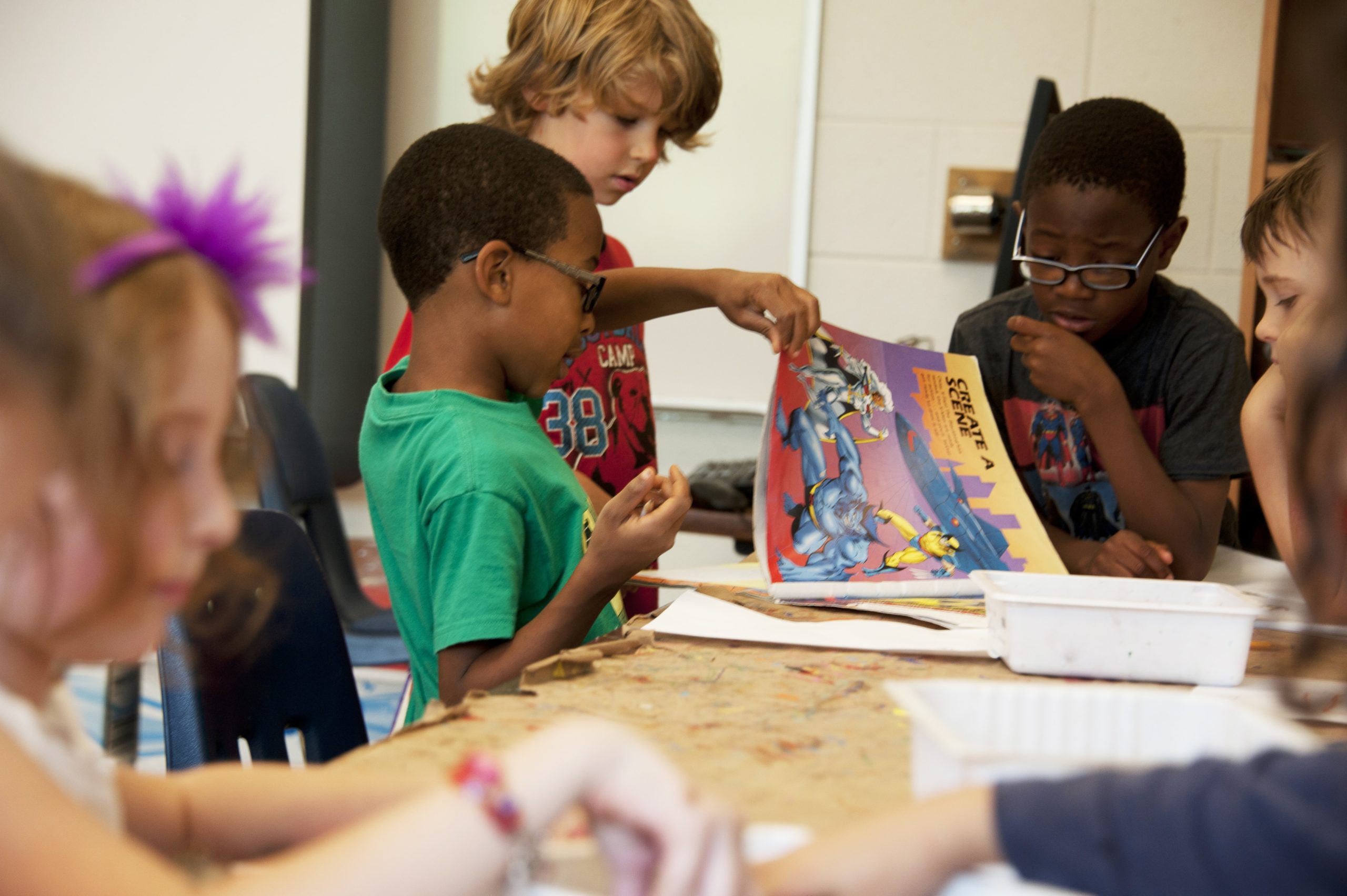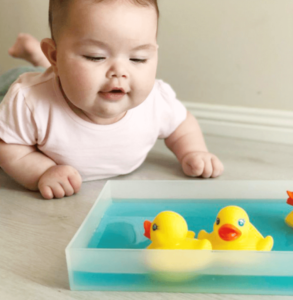 A trip to Yellowstone National Park is always an adventure. If you live in or around Bozeman, Montana, it’s a relatively short drive to the park. The North and West entrances are about 1-1.5 hours away. If you are looking for something exciting to do with the whole family, a day trip or weekend trip to explore Yellowstone might be the perfect thing. Entrance to the park is $35 for a private vehicle. The pass is good for seven consecutive days. Annual passes and Interagency passes are also available if you would like to spend more time exploring.
A trip to Yellowstone National Park is always an adventure. If you live in or around Bozeman, Montana, it’s a relatively short drive to the park. The North and West entrances are about 1-1.5 hours away. If you are looking for something exciting to do with the whole family, a day trip or weekend trip to explore Yellowstone might be the perfect thing. Entrance to the park is $35 for a private vehicle. The pass is good for seven consecutive days. Annual passes and Interagency passes are also available if you would like to spend more time exploring.
If you have a child entering fourth grade, Every Kid Outdoors offers a free national park annual pass. This pass is also good for entrance to Yellowstone. The program begins on September 1 and runs until August 31 each year. This is a great program to take advantage of. It will let your family explore all of the national parks without having to pay entrance fees for a year.
If you are looking for something that can entertain multiple generations along with being an educational experience, Yellowstone is perfect. Whether you and your children are interested in history, wildlife, geology, or hydrothermal features, Yellowstone offers it all. One thing to keep in mind is, Yellowstone is HUGE! You will want to plan your visit accordingly. It can take over an hour to get from one area of the park to another if you want to see and do things in different areas of the park.
Hiking
Yellowstone National Park has several short hikes which are great for children and families, in addition to miles of more advanced hiking trails. The park also has several trails and boardwalks leading to iconic waterfalls and geothermal features (like Old Faithful and the Grand Prismatic). These are accessible to everyone.
The Mud Volcano Trail is a 0.6-mile boardwalk and pavement loop which allows you to explore mud pots, geysers, and hot springs. Pelican Creek Nature Trail is another short 0.6-mile trail which meanders through the forest and to the lakeshore. Both of these trails are in the Lake and Fishing Bridge area of the park. Each area of the park has several hiking options, and they are all listed on the Yellowstone National Park website.
If you are planning on doing some hiking in the park, make sure you have bear spray and plenty of water. It is also a good idea to research the trail and talk to a ranger before heading out to check on trail conditions.
Specific Activities for Children in Yellowstone
Yellowstone, like most national parks, has a Junior Ranger Program. For $3 you can purchase a Junior Ranger activity book. This is a great way to teach your children about conservation and help them learn more about the park’s features. After completing the activities in the book and meeting with a ranger, children are awarded a Yellowstone patch keepsake.
The park also has a Young Scientist Program for children 5 years of age and older. This is another self-guided activity. Purchase a booklet at the Canyon Visitor Education Center or at the Old Faithful Visitor Education Center. After your children complete their investigation a patch or key chain is awarded. And don’t forget to check out one of the park’s many ranger programs. These programs are suitable and educational for both children and adults.
Wildlife in Lamar Valley

One of my favorite Yellowstone activities is simply enjoying a scenic drive. If you enter through the North Entrance, the drive through Lamar Valley to Cooke City is one of the best for wildlife viewing. Here you will have an excellent opportunity to see large herds of bison, as well as wolves, elk, and even moose if you’re lucky. There are also countless other smaller animals that frequent the area as well. The road through Lamar Valley is open year round, making a winter trip the perfect way to escape the crowds. Just be aware, several facilities and visitor centers do close during the winter months.
No matter when you choose to visit or what you choose to do, a trip to Yellowstone will likely be an enjoyable experience for everyone. If you are looking for other outdoor activities around the Bozeman area, make sure to check out Hiking with Kids for some fun and kid friendly hiking ideas.

 As a mom of 5 children, there are times that I look back and say, “I did okay!” And then there are those other days that I can only think, “WOW, how did I ever get through that?” All in all, I really do feel I did a pretty good job with raising my children. They all survived their childhood and have made it to adulting. They are each unique and have their own strengths and weaknesses, success and failures. With that said, when I look back and think how did I do taking care of me, that’s when I think….”mmmm, maybe not that well.”
As a mom of 5 children, there are times that I look back and say, “I did okay!” And then there are those other days that I can only think, “WOW, how did I ever get through that?” All in all, I really do feel I did a pretty good job with raising my children. They all survived their childhood and have made it to adulting. They are each unique and have their own strengths and weaknesses, success and failures. With that said, when I look back and think how did I do taking care of me, that’s when I think….”mmmm, maybe not that well.” Pelvic health is a normal thing for many physical therapy to talk about every day. But a lot of others still don’t know what pelvic health physical therapy is. Our goal at MOSAIC is to teach people what pelvic health is sooner rather than later. So, what is pelvic health?
Pelvic health is a normal thing for many physical therapy to talk about every day. But a lot of others still don’t know what pelvic health physical therapy is. Our goal at MOSAIC is to teach people what pelvic health is sooner rather than later. So, what is pelvic health?

 Twice exceptional children, also known as 2e, refers to gifted children who have one or more specific learning disabilities such as dyslexia, attention deficit disorder, or autism spectrum disorder. These children often require special consideration in school because they have above average intellectual ability, as well as specific learning disability. Thus, twice exceptional children have significant strengths in some areas and deficits in other areas. Identification of these children is often complicated and requires the ability to assess and identify two areas of exceptionality.
Twice exceptional children, also known as 2e, refers to gifted children who have one or more specific learning disabilities such as dyslexia, attention deficit disorder, or autism spectrum disorder. These children often require special consideration in school because they have above average intellectual ability, as well as specific learning disability. Thus, twice exceptional children have significant strengths in some areas and deficits in other areas. Identification of these children is often complicated and requires the ability to assess and identify two areas of exceptionality.
